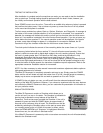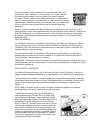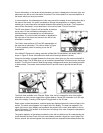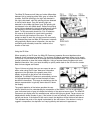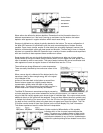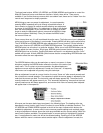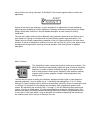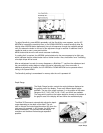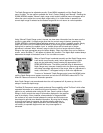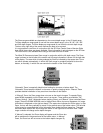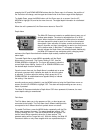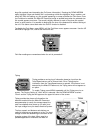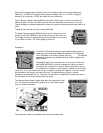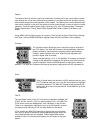
menu will time out and go off-screen. A Bird Note™ will normally appear briefly to confirm the
adjustment.
Several of the menus are multi-step. In some situations if an adjustment is made, additional
options become available for further adjustment. Examples of these multi-step menus are Depth
Range, Depth Alarm and Zoom. See the detailed description of each function for further
explanation.
The one menu option which functions differently than previously described is the Options menu.
User Options is a group of functions which are used initially to select user preferences. The
Options are not normally needed during operation of the unit. Options differ from the other menu
functions in that once selected for viewing, the menu will not "time out"- all the user options must
be sequenced through before returning to normal operation. See User Options for detailed
description.
Menu Functions
The Sensitivity function controls the sensitivity of the sonar receivers. The
Wide 3D Paramount automatically adjusts the level of receiver sensitivity
based on a number of factors including the depth of the water and the
level of noise present. Noise can be caused by other electronic devices,
engines, trolling motors, propeller cavitation and hydrodynamic flow
among others.
The user has the option of biasing this Sensitivity adjustment either higher or lower based on
personal preference. You can select one of 11 sensitivity bias settings from -5 to +5. A bias
setting of 0 (Factory Setting) has no effect on the automatic sensitivity control. Increasing the bias
(+1 through +5) causes the unit to display the information from progressively smaller sonar
returns. By decreasing the sensitivity bias (-1 through -5), the unit effectively filters small sonar
returns. In murky or muddy water, it is often advantageous to reduce the sensitivity bias. This
prevents the display from being cluttered with sonar returns from debris or suspended particles.
In very clear or very deep water, it may be desirable to increase the sensitivity bias since even
the smallest sonar return may be of interest to the user.



